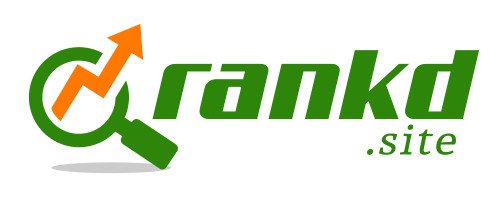In every search results page, you’ll see a page title that links to the page. But you’ll also have a short description of the contents underneath. That little summary can make or break whether we decide to click through to the page. Does it seem like this is the material we want?
Of course, that means we want good content there for our pages. It can help attract more visits to our site, too. So where does this come from?
Meta Descriptions – Or Not
In web programming, there are a whole series of <meta> tags that we can use. One sets the title of the page as it appears in search results and your browser tab. Another helps determine how the page reacts based on window size.
But the one we’ll talk about here is the “description” tag. You could write anything within this tag, but it’s important to plan it well. A large percent of the time, this is the summary that searchers will see as your page description.
Most of the time? Yes, “most.” For years, Google has added a description if you forgot to add one yourself. But they may also draw from your content to create a different meta description – even if you’ve included one. Usually, this is so that the description aligns more with the search, and the content is drawn from a relevant part of your page.
So it’s always important to remember to include the meta description. But remember too that it might not always be the description that shows up.
Do Meta Descriptions Help SEO?
So, do these meta descriptions help you do better in SEO?
Going by a strict definition of SEO, they don’t. Meta descriptions aren’t a “ranking factor.” This content doesn’t make your page rank better.
At one point, it did. But it made the system easy to game. Less-scrupulous site developers would load the meta description with keywords that they wanted to rank for. And less-sophisticated search algorithms easily fell for these tricks.
Fortunately, the algorithms of today are a lot harder to trick. They’re not perfect, but they don’t fall for these meta-description stuffing tactics.
On The Other Hand . . .
If you want to go with a looser definition of SEO, your meta description is a huge plus for your pages. It may not improve your position, but it can help better your click-through rate.
And that’s what matters, isn’t it? Ranking higher on the SERP doesn’t mean anything if no one goes to your site. Page rank is simply a means to an end. And your meta description improves your chances of reaching that goal.
How To Add Your Meta Description
Any website builder or content management service will offer a quick and easy way to add your meta description.
Since WordPress is so common, we’ll just mention that the Yoast SEO Plugin offers an easy way to do so.
As of right now, the recommended length is 150-160 characters. Over that, and Google is likely to cut you off mid-sentence. Under that and you’re not offering much in terms of value to the user.
Of course, hitting that mark can be tough. It may take a lot of editing and playing with words to make it fit. It’s a small amount of space to highlight why your page is worth viewing. But it’s worthwhile, so don’t give up. You may need to spend a lot of time editing it, but it can pay off in the long run.
Every page of your site should have a unique meta description. After all, every page offers important information that isn’t found elsewhere! If you’re not sure if you’ve added a meta description everywhere, Screaming Frog is a great tool to check. (It’s great for many other things, too!)
Conclusion
A meta description for each page of your website is an important addition to the page. It won’t directly help you rank higher, but it can lead to more people deciding your site is worth a look. Be sure to craft it well, because space is limited. Check your current pages to be sure they have them and always add them to new content, too!
